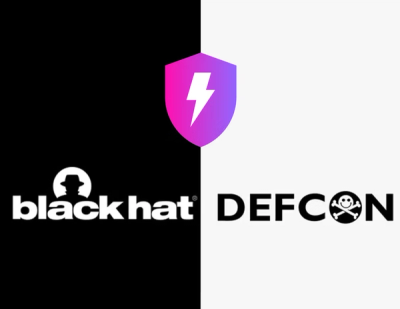
Research
/Security News
Contagious Interview Campaign Escalates With 67 Malicious npm Packages and New Malware Loader
North Korean threat actors deploy 67 malicious npm packages using the newly discovered XORIndex malware loader.
aws-lambda-api-call-recorder
Advanced tools
Client for the recording of AWS API calls in Node-based Lambda functions, leveraging AWS Client Side Monitoring.
Mainly curiosity. But also because AWS CloudTrail doesn't record all API calls, thus it's possible to gather more insights how your Lambda functions behave.
Also, it's possible to determine the latencies of the API calls of different AWS services.
To be able to use the client library, you need to have the backend installed in the AWS account you want to record the AWS SDK API calls. Please see the appropriate backend section in the README.
To install the client library, just do the following:
$ npm i --save aws-lambda-api-call-recorder
To use the client library, you can wrap you handler function with ApiCallRecorder:
const AWS = require('aws-sdk');
const ApiCallRecorder = require('aws-lambda-api-call-recorder');
const sts = new AWS.STS();
const handler = async (event, context) => {
console.log(event);
console.log(context);
const callerIdentity = await sts.getCallerIdentity({}).promise();
console.log(callerIdentity);
return {
statusCode: 200,
headers: {
'Content-Type': 'application/json'
},
body: JSON.stringify({
ok: true
})
};
}
exports.handler = ApiCallRecorder(handler);
Also, you will have to set the following environment variables to enable the detailled AWS SDK API Call recording:
AWS_CSM_ENABLED: This environment variable should be set to trueNODE_ENV needs to be set to development, or, in case you want production, you can additionally set API_CALL_RECORDER_IS_ACTIVATED to trueAPI_CALL_RECORDER_DELIVERY_STREAM_NAME needs to be set to the name of the Kinesis DeliveryStream. In case you use the Serverless framework and already installed the backend, you should be able to use the backed stack's output for this: ${cf:api-call-recorder-backend-${self:provider.stage}.ApiCallRecorderDeliveryStreamName}Hints:
APICallRecorder enabled is not advise, because it will add latency (and hence, costs)APICallRecorder will NOT log the final upload of the recorded events to the Firehose DeliveryStreamThe client will wrap the Node Lambda function handler, start a UDP server on localhost on port 31000, so that it can receive the published messages of the AWS Client Side Monitoring (CSM). Once the wrapped handler functions completes, the UDP server will be kept running another 25ms to make sure all API calls can be recorded. After it's shut down, the API calls will be pushed to a Kinesis Firehose DeliveryStream, which will batch the events to gzipped files in S3.
Those files in S3 are then made queryable in Athena by an appropriate Glue Table definition.
FAQs
A recorder of AWS API calls for Lambda functions
We found that aws-lambda-api-call-recorder demonstrated a not healthy version release cadence and project activity because the last version was released a year ago. It has 1 open source maintainer collaborating on the project.
Did you know?

Socket for GitHub automatically highlights issues in each pull request and monitors the health of all your open source dependencies. Discover the contents of your packages and block harmful activity before you install or update your dependencies.

Research
/Security News
North Korean threat actors deploy 67 malicious npm packages using the newly discovered XORIndex malware loader.

Security News
Meet Socket at Black Hat & DEF CON 2025 for 1:1s, insider security talks at Allegiant Stadium, and a private dinner with top minds in software supply chain security.

Security News
CAI is a new open source AI framework that automates penetration testing tasks like scanning and exploitation up to 3,600× faster than humans.